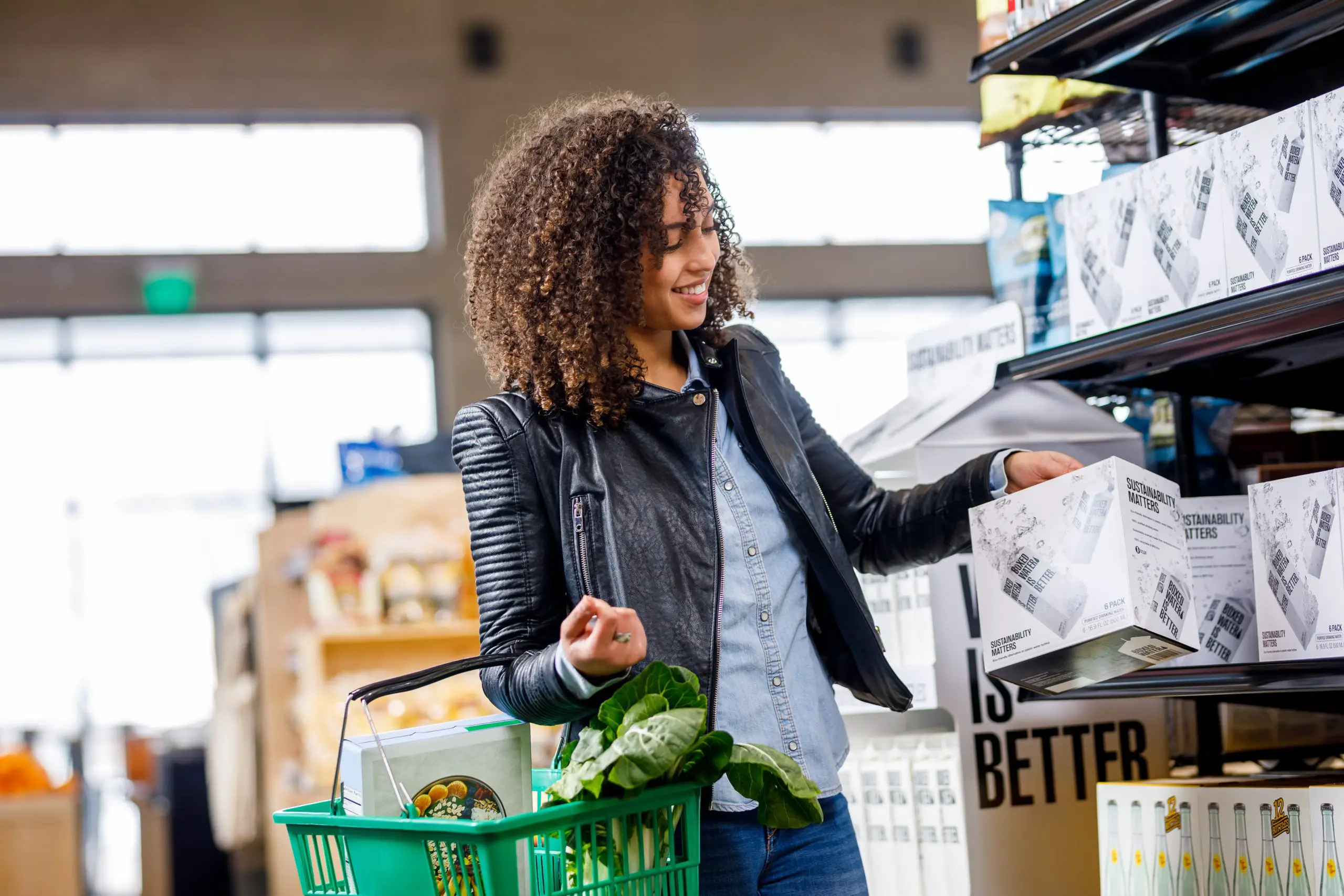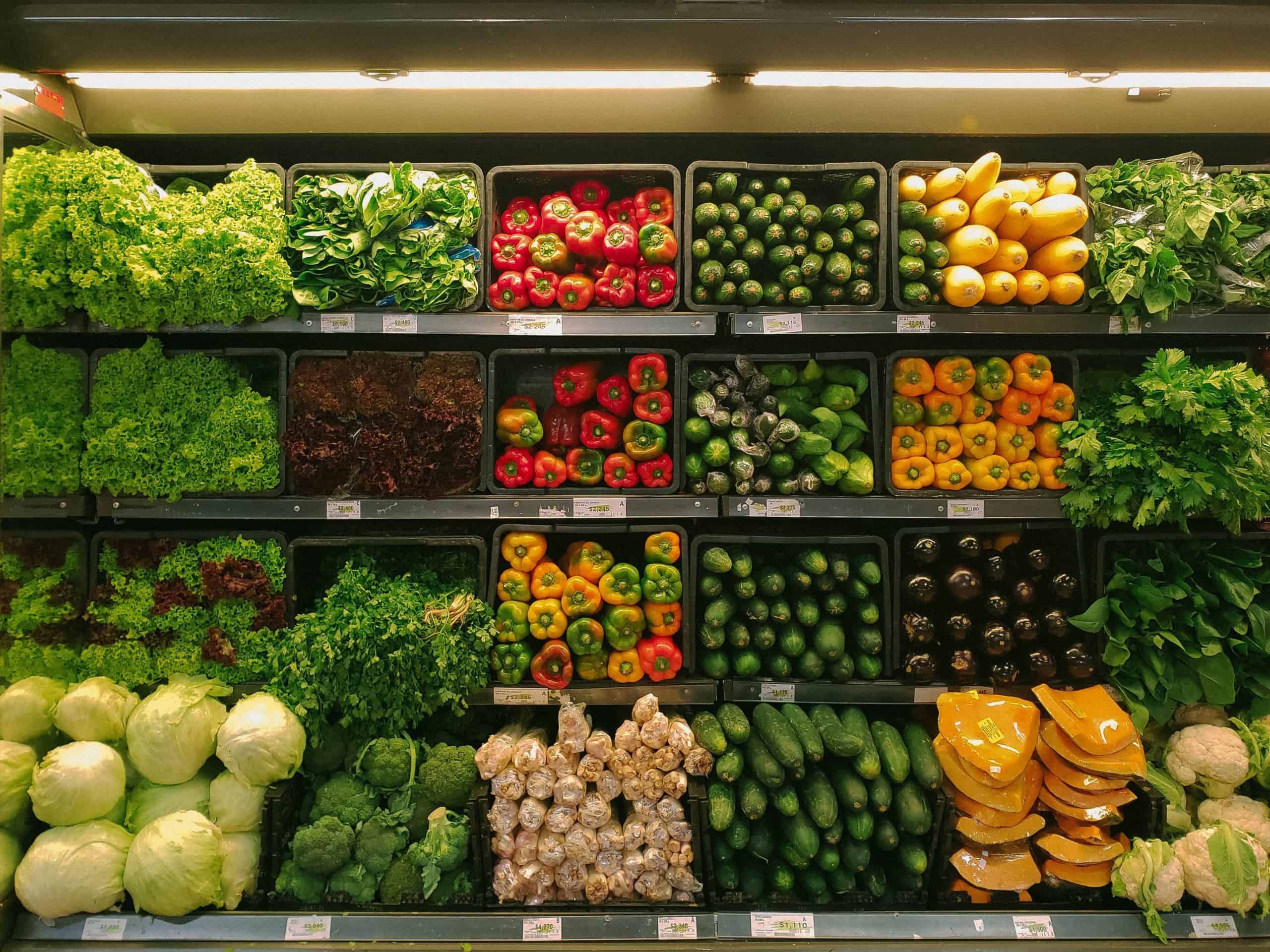
Photo by Boxed Water Is Better on Unsplash
The grocery industry is going through a highly disruptive period. Amazon is now bringing a brand new business model to the sector where customers literally walk in, pick up what they want, and walk out. The innovative ecommerce retailer and tech firm says that it can work out exactly what consumers select via its “walk in and out” technology.
Even more interestingly, Amazon isn’t the only game in town. There are now competing firms attempting to do the same thing all over the world. Cashiers will need to find jobs elsewhere.
Of course, the legacy grocery industry isn’t taking these developments seriously right now. Amazon Fresh is tiny compared to, say, Walmart, Kroger or Tesco. But people said the same of Tesla fifteen years ago. It was just a small electric carmaker (that would probably fail), churning out 5,000 cars per year. Now it’s the most valuable car company in the world several times over, and looks like it will become even bigger than tech giants, like Apple and Microsoft.
Amazon Fresh stores give consumers what they want most: convenience. As far as Amazon sees things, self-service checkouts are just a temporary stop-gap measure. While they help speed things along, they’re still inconvenient for customers. People don’t want to have to scan all their shopping, bag it up and then pay by card. It would be much easier for them to simply pick up the things that they want and walk out.
What’s amazing about this technology is that it effectively puts an end to shoplifting. Any system that can detect precisely what people have picked up and put in their baskets or pockets eliminates shrinkage, so Amazon will have a natural advantage over retailers here too.
It is interesting that Amazon has put so much tireless work and effort into this new store concept. It didn’t have to do it. It already had a thriving online grocery business anyway.
The reason for all the expense comes down to the fact that food needs to be fresh. People want to buy it just before they cook, now leave it in their fridge for a week for it to become limp.
Amazon announced the Amazon Fresh concept more than six years ago now. At the time, the media mocked the idea, saying that technology simply wasn’t there to make it happen. But just five years later, everyone thinks that it’s normal. It doesn’t surprise anyone that you can now walk into a store, tap in using your card, and basically pick up whatever you want from the shop shelves.
Amazon’s currently only has a smattering of Fresh stores in prime locations across the world. Major cities globally have one, but that’s about it.
However, that’s going to change fast. All indications suggest that consumers love the concept and want to try it out. Traditional stores, therefore, are likely to feel a wave of competitive pressure like they’ve never felt it before. There will be a rush to develop competing systems. But by that point, it could all be too late.
In this post, we take a look at what the grocery industry can do to respond to the threat posed by “walk in and out” stores. Check out our ideas below.
Begin Working With Tech Partners
Amazon is a tech company. We can all feel it, but we’re not exactly sure why. It’s not as obvious as, say, Tesla or Google.
Amazon, though, is at the forefront of a host of revolutions. It’s big on robotics for instance, using them in many of its warehouses. It’s also invested in payment systems, online advertising platforms and novel distribution models. Amazon Alexa is a showcase of the firm’s inhouse technical excellence in the software field. And the Blue Origin spinoff is a great example of its strides into outer space.
Grocery stores, therefore, need to take a leaf out of Amazon’s playbook. Instead of just applying the same tried and tested business model over and over, they need to leverage technology. If they don’t, they’ll go out of business.
Partners are the key here. Supermarkets simply don’t have the in-house expertise to build complex software solutions that can entirely eliminate the checkout process. However, external firms do, and they can provide a roadmap for implementing them. Stores will want to get to grips with this technology within the next five years. If they leave it a decade, that will give Amazon the opportunity to extend its model and saturate the market. Undoubtedly, consumers will make the switch.
Make Sure That Your Existing Store Is Up To Scratch
Amazon is relying on technology, but that’s not the only way to compete in the grocery sector. Consumers like convenience, but there are other dimensions of the experience that they care about too.
One is the quality of the equipment that you keep. For instance, a noisy refrigerator detracts from the experience.
Solve problems like these with commercial refrigeration repair and other maintenance operations. Don’t allow your equipment to let you down. Ensure that things like photo booths, display cabinets, tills and self-service checkout systems all work. Don’t accept high failure rates.
Leverage People Skills
Amazon Fresh has one major disadvantage: the lack of people. Customers don’t go through a checkout, so there’s nobody to talk to during their visit.
To compete in this area, change your hiring practices. Instead of looking for the youngest, most efficient workers prepared to do 12-hour shifts, find people who have genuine people skills. Look for workers who love speaking to customers, having conversations and generally making them feel welcome. Inspiring positive emotions in your customers is likely to convince them to stay with you, even if Amazon beats you in terms of convenience.
Create More In-Store Experiences
Amazon’s idea is very much that it should remove as much labor from the equation as possible. Cashiers, in its stores, have no role.
However, that’s not necessarily the best policy. When people go grocery shopping, they still want experiences. Life isn’t just a process of getting as much as possible done in a short amount of time. It’s also about enjoying the journey.
Conventional grocery stores can take advantage of this natural human instinct by offering more in-store experiences. Making it fun to be in your establishment can be a great way to keep people coming back for more, particularly families.
Offer Loyalty Programs
To keep customers coming back to you while you create new checkout systems, consider launching a loyalty scheme, even if you’re just a corner store. Offer money off products for returning customers or those who purchase in large volumes.
Loyalty programs allow you to retain business over the long-term. They’re particularly helpful in situations where customers must make repeated purchases for life’s essentials. If they have to buy food, they might as well do it as affordably as they can (or so the thinking goes).
Make your loyalty programs as simple as possible. Try to integrate rewards and points automatically when customers checkout. Avoid the difficulty of asking them for their card. Just sign them up automatically and then send their rewards to their email address.
Conclusion
While AmazonFresh is on the way, it is not necessarily the death knell of the traditional grocery industry. However, to survive, it will need to adapt and play to its strengths. During the 2020s, business as usual is not an option.
The key here is to work with partners who understand the technological landscape. Find firms that are able to help you transition to checkout models that consumers of the future will accept.


Please note: I reserve the right to delete comments that are offensive or off-topic.